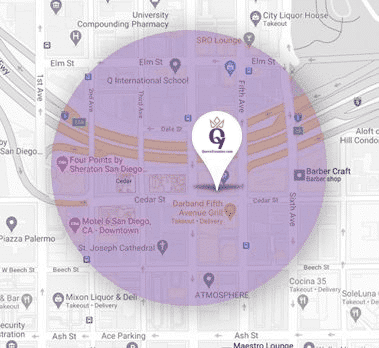Navigating the Aftermath of Pedestrian Accidents with Queen Yasmine Injury Law
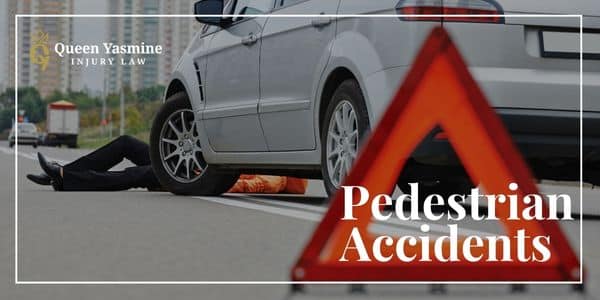
In the bustling streets of San Diego, California, pedestrian safety is of paramount importance. Despite stringent traffic laws and safety measures, pedestrian accidents remain a concerning issue, often resulting in serious injuries or fatalities. At Queen Yasmine Law Firm, we specialize in providing compassionate and comprehensive legal services to victims of pedestrian accidents, ensuring that […]
What Is the Truck Accident Settlement Process?

What Is the Truck Accident Settlement Process? The truck accident settlement process and timeline can vary greatly depending on the circumstances of the crash. If the accident is relatively straightforward with minimal injuries, it may be possible to settle the case in a few months. However, if serious injuries or multiple negligent parties are involved, […]
What Causes Most Truck Accidents?

What Causes Most Truck Accidents? Due to their size and weight, large vehicles like tractor-trailers can cause serious damage to smaller cars. According to the Federal Motor Carrier Safety Administration (FMCSA), many truck accidents occur when drivers are not paying attention to their surroundings. Accidents can be caused by vehicles with defects, improper training, and […]
Can A Lawyer Negotiate Medical Bills After a Settlement?

Can A Lawyer Negotiate Medical Bills After a Settlement? If you are involved in an accident and sustain injuries, it can be not easy to know what to do next. While it might seem logical to negotiate directly with those who have wronged you and seek compensation for your injury, this is not always the […]
Pain and Suffering Settlement Examples

Pain and Suffering Settlement Examples If you or someone you love has been injured due to the actions of another person, then you may be eligible for compensation. In many cases, the compensation can cover monetary costs and damages but also pain and suffering caused by the injury. Pain and suffering can be harder to […]
What is Negligence?
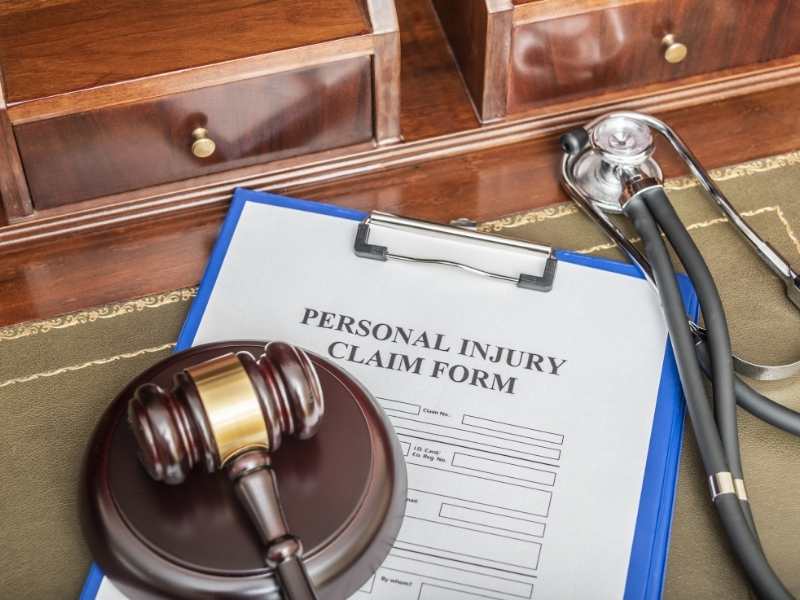
What is Negligence? What is Negligence? Negligence is a legal term that refers to the failure to exercise appropriate care under the circumstances, which results in injury or damage. Someone is negligent when they do something careless or unsafe, and this action results in injury or damage. The second type of negligence occurs when a […]
Do You Need a License for an Electric Scooter?
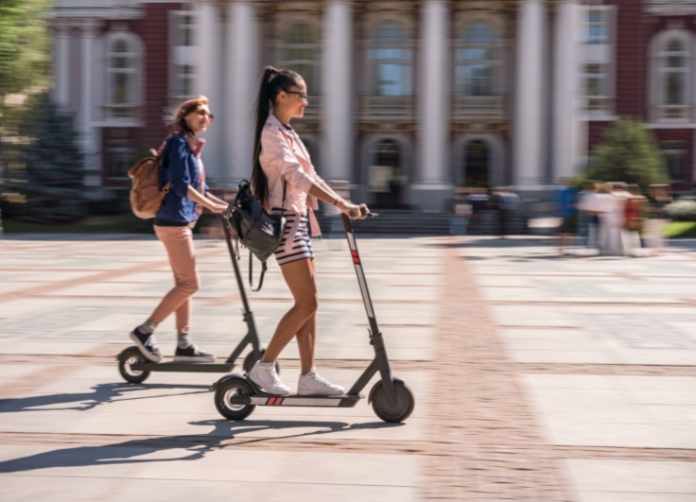
Do You Need a License for an Electric Scooter? Electric scooters are a convenient, environmentally-conscious way to get from point A to point B. They’re also relatively inexpensive and easy to store. However, you may want to check your local and state laws about whether or not you need a license for an electric scooter […]
International Day of Older Persons
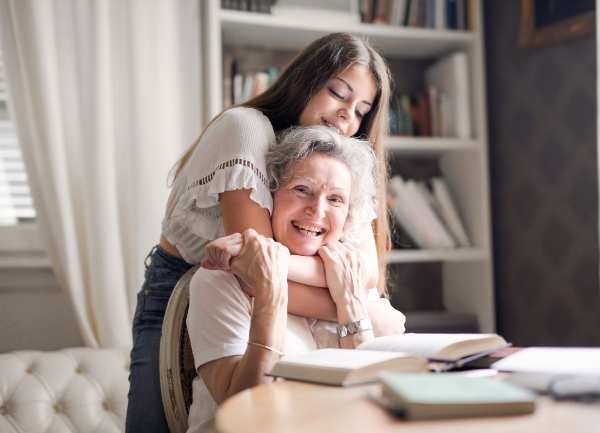
International Day of Older Persons is a day set aside to celebrate the achievements and contributions of older persons worldwide. This day was established by United Nations General Assembly Resolution 64/292 in 2002 with the theme “Ageing With Dignity.” International Day of Older Persons is celebrated annually on 1 October, aiming to increase awareness of […]
Falls Prevention Awareness Day (Sept. 22nd)
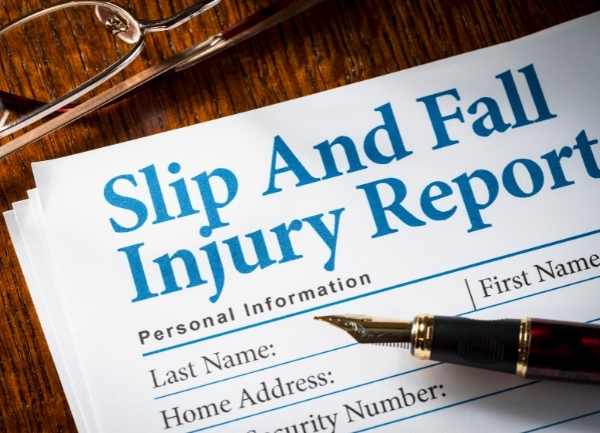
Falls Prevention Awareness Day (Sept. 22nd) In the U.S., more than 5 million adults over 65 suffer from vertigo or balance disorder. These disorders can lead to severe consequences like falls, broken bones, and other injuries, as well as an increased risk of falling. To this end, many healthcare providers, community centers, and private organizations […]
What Can I Expect During My Free Personal Injury Consultation?

What Can I Expect During My Free Personal Injury Consultation? A consultation with your injury lawyer is one of the first steps of the lawsuit process. You can expect to be asked what happened, what the injuries (or death) have cost, and what kinds of evidence you have. Your lawyer will then cover what you […]

